Group photo at the conference

The 16th annual international conference "NICOGRAPH International 2017", Organized by the Society for Art and Science will take place during June 2-3, 2017 in Kyoto, Japan.
NICOGRAPH has quarter-century history. Its foundation can be traced back to 1985. The time-honored annual conferences have been organized by the Society for Art and Science since 2000, which aim at promoting the research combining science and art in computer graphics and related fields as well as to advance the development of interactive media art. In 2002, the first international conference NICOGRAPH International rose out of the domestic series, and since then NICOGRAPH international conference has been organized annually.
From last year, all accepted papers will be included in the conference proceedings to be published by Conference Publishing Services (CPS) (https://www.computer.org/web/cs-cps/) and submitted to the IEEE Xplore and Computer Society digital libraries and submitted for possible indexing through INSPEC, EI (Compendex), Thomson ISI, and other indexing services. Authors of all accepted full papers will also be invited to submit an extended version to the special issue of Journal of The Society of Art and Science.

Submission categories include full paper (up to 8 pages), short paper (up to 4 pages) and poster (1 page). All papers will be reviewed by at least three reviewers. Topics and keywords of the conference include but not limited to:
All accepted submissions will be included in the conference proceedings to be published by Conference Publishing Services (CPS) (https://www.computer.org/web/cs-cps/) and submitted to the IEEE Xplore and Computer Society digital libraries and submitted for possible indexing through INSPEC, EI (Compendex), Thomson ISI, and other indexing services. Authors of all accepted full papers will be invited to submit a revised version to the special issue of Journal of The Society of Art and Science. The papers must be written in English, and formatted to Conference Publishing Services Manuscript Formatting Guidelines, Please use the following templates for preparing you papers:
Word Template (ZIP) or
LaTex Package (ZIP)
(8.5" x 11", US Letter).
Authors may optionally upload supplementary material, which may include videos, audios and images to showcase results/demo of the proposed approach/system. With the electronic submission system, you can submit your papers and edit your submission as many times as you need before the submission dateline. The authors are encouraged not to wait till the submission dateline and register their paper titles and abstracts as earlier as possible to facilitate the reviewing process. By submitting a paper the authors confirm that their paper represents original previously unpublished work, and if accepted, at least one of the authors will register for the conference and present the paper.
The online registration for "NICOGRAPH International 2017" is now open, and we are looking forward to an exciting workshop with a lot of highly interesting contributions.
* Please note that the registration cite is developed based on Google Doc, if you have problem with accessing it, please either use VPN or contact us from here.
Early Registration: On or before May 19th |
Late Registration: After May 19th or on-site |
|
|---|---|---|
Regular (Member* with banquet) |
18,000 Japanese yen | 23,000 Japanese yen |
Regular (Non-Member with banquet) |
24,000 Japanese yen | 29,000 Japanese yen |
Student (Member* with banquet) |
10,000 Japanese yen | 13,000 Japanese yen |
Student (Non-Member with banquet) |
15,000 Japanese yen | 18,000 Japanese yen |
Student (Non-Presenter without banquet) |
10,000 Japanese yen | 13,000 Japanese yen |
Banquet Ticket |
5,000 Japanese yen | 5,000 Japanese yen |
Please complete your online registration and payment by May 19th, 2017. Please remind that: - Extra charge will be needed for the late registrations (after May 19th or on-site). - At least one author of each accepted paper (full/short/poster) has to pay registration fee no later than April 14, 2017. - Participation fee includes Banquet fee. If you need to split a receipt for the participation of the conference and the banquet, please follow the instruction on the registration site.
Please make a bank transfer to BANK NAME: Japan Net Bank Suzume-Branch (ID: 002) ACCOUNT NO: 6996886 BENEFICIARY:The Society for Art and Science BANK NAME: ジャパンネット銀行 すずめ支店 (ID: 002) ACCOUNT NO: 6996886 BENEFICIARY:シヤ)ゲイジユツカガクカイニコグラフ Please note that transfer fee is not included in the above amount. Please make the transfer at your own expense. Participants from Japan are strongly recommended to take this option.
Please pay with credit card. You will receive an email of payment instruction after submitting the online registration form.
| Keynote 1: | Interaction creates movement | |
| Presenter: | Akiko Takeshita, Richi Owaki, Takayuki Ito (YCAM InterLab) | |
| Chair: | Naohisa Sakamoto (Kobe University) | |
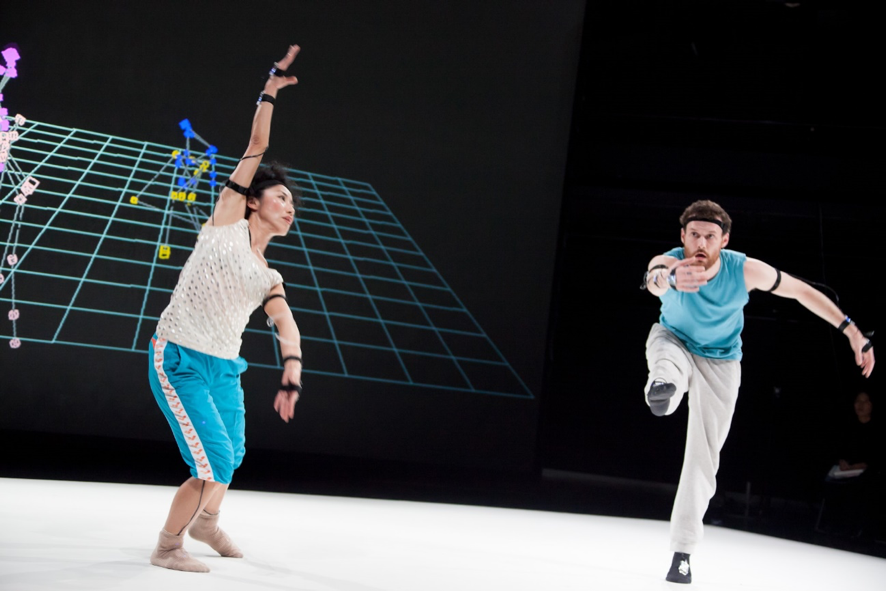 Read more
Read more
What happens when you dance upside down? If a piece of string tied to your right hand is tied to someone else’s left hand, how would that affect your movement?
YCAM, a media art center in Yamaguchi, has developed the R&D project "Reactor for Awareness in Motion (RAM)" in which a system captures dancers’ movements in real time, and the movements change the virtual environment and vice versa. The feedback loop between movements and virtual environments inspires new ideas for choreography. What shifts are occurred in our perception, body movement or our way of communicating when we experience interactive responses to our own bodyʼs movement in the form of moving images, sound and vibration? This keynote lecture introduces and demonstrates an innovative relationship between technology and the body as well as research and art expression.
|
||
| Keynote 2: | Looking for Japan | |
| Presenter: | Naoko Tosa (Kyoto University) | |
| Chair: | Koji Koyamada (Kyoto University) | |
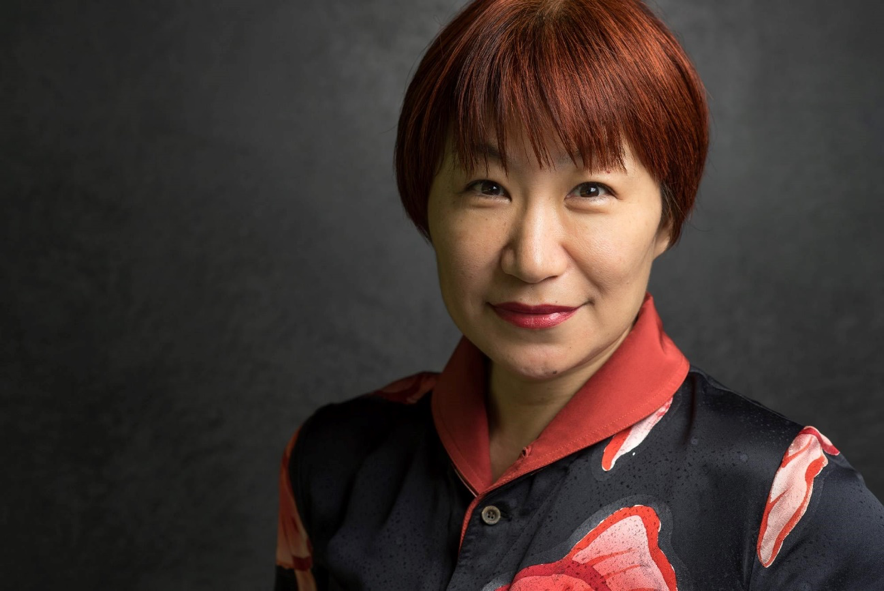 Read more
Read more
Traditional beautiful objects that remain until now must be the ones created or developed using cutting-edge technologies of the time. Examples are Buddha statues in Nara, the pyramids in Egypt, etc. Living in Kyoto, I have many chances of meeting heads of traditional art schools. I have been impressed by the fact that they have not only tried to keep their traditions, but also to find new entertaining values in them and to change them from time to time. Because of this, these traditions could survive until now. While I was staying as an artist fellow at MIT in Boston in 2002, I created an interactive installation called ZENetic Computer based on Zen principles and using various Zen concepts such as Dry Landscape Gardens, Zen Dialogues, the Ten Ox-herding pictures, etc. and exhibited it at MIT Museum. Also, I wanted to exhibit the system at one of the Zen temples in Kyoto for a month. The chief priest of the temple agreed with my request saying that such an exhibition would be a good chance for the young generation to understand Zen. Through these experiences I got the concept of Cultural Computing, by which I thought it would be possible to express Japanese culture including art utilizing information technologies and to let foreigners understand it. During the ten years I lived in the westernized Japanese society since then, I have found that Japanese traditional beauty vigorously survives in myself. I, as a media artist, have found that Japanese beauty exists in various forms, for example: decorative handcraft, beauty of minimalism that throws away unnecessary items and focuses on motifs, close-ups of a small part, composition of asymmetry, aesthetics of change, aesthetics of blank (or Wabi-Sabi), specific sacred beasts, such as a dragon and a tiger, Japanese nature, plum flowers, the mind to appreciate cherry blossoms, paintings expressing the four seasons in Japan, etc.
Especially through my project of carrying out a projection mapping supported by the Kyoto Prefectural Government as one of the events to celebrate the 400th RIMPA anniversary, I have noticed that I am one of the successors of Japanese traditional culture. How about other people? Have they noticed this too? I am afraid they might think that Japanese traditional culture is something old-fashioned or has nothing to do with them. If they notice that they are one of the successors of Japanese traditional culture, I can expect a bright future for Kyoto Zen culture. Since I feel like this, I want to express these beauties using cutting-edge technologies instead of using traditional methods focusing on natural phenomena that exist, but are invisible to our eyes. Based on such methodology, I want to express Japanese beauty, like the changes between the four seasons, refined beauty, the sacred dragon, mountains and water, the energy of mountains where hundreds of gods live, etc. For what purpose? To discover Japan and its future.

|
||
| Keynote 3: | (Part I) Radial Basis Functions for Character Animation (Part II) An Introduction to SIGGRAPH Asia 2018 | |
| Presenter: | Ken Anjyo (OLM Digital, Inc) | |
| Chair: | Takayuki Itoh (Ochanomizu University) | |
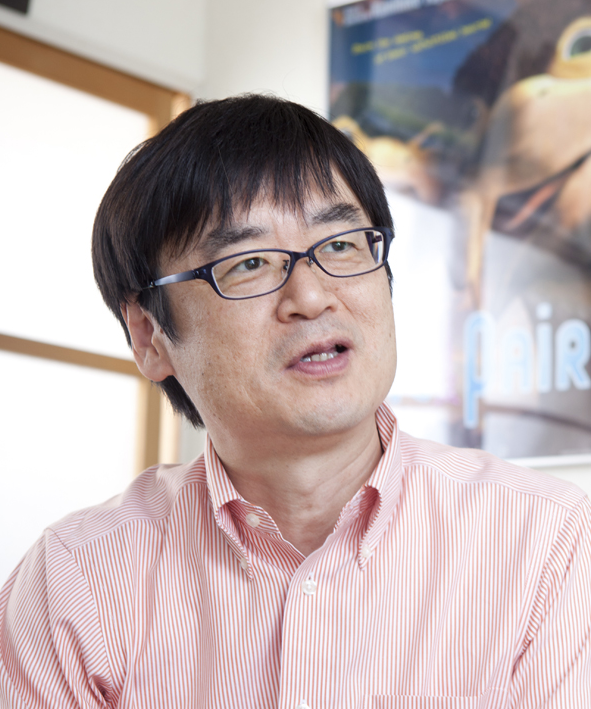 Read more
Read more
In this talk we will give two topics.
Part I of the talk discusses how to construct a (typically smooth) function from a set of unorganized samples. In particular we will focus on a class of interpolation functions called radial basis functions (RBFs). While demonstrating a few RBF interpolation techniques for character animation, we will briefly introduce the underlying theory of Reproducing Kernel Hilbert Space (RKHS).
Part II describes the enchantments of SIGGRAPH Asia 2018 as well as the pace of preparation for the big event in Tokyo.
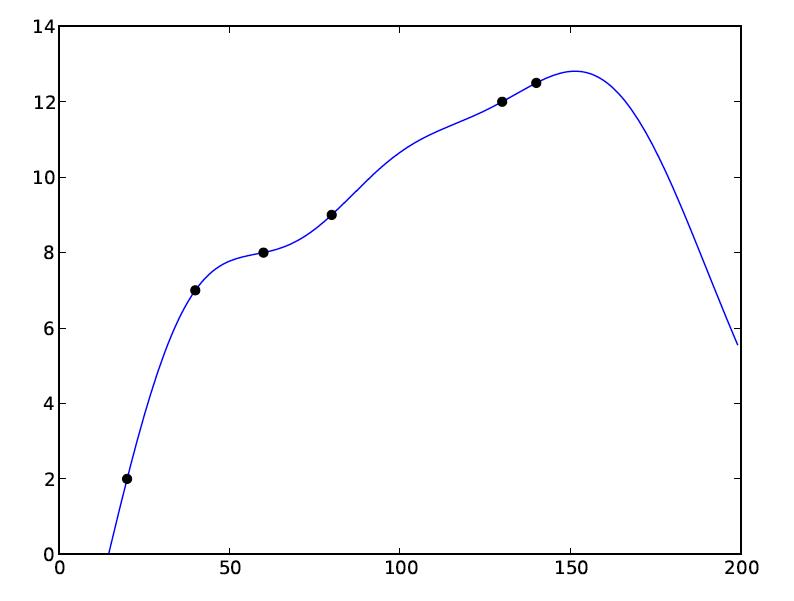
|
||
The presentation time is 20 minutes (15 minutes presentation + 5 minutes Q&A) for a full paper and 15 minutes (10 minutes presentation + 5 minutes Q&A) for a short paper. Please make sure your laptop and presentation software is working and meet your session chair before the session starts.
Accepted posters will be presented at the poster session. You are expected to stand in front of your poster and discuss with other participants who are interested in your poster. We are going to provide a display area of A0 portrait. Please make sure your poster does not exceed this size. Please also note that you need to remove the posters after the poster session.
In the poster fast forward session, you will have 30 seconds to introduce your work. We will put together a PowerPoint slideshow including the slides of all posters. Please prepare your slides within TWO slides in length. You can change the number of slides, but please make sure the total length is 30 seconds. Please make sure you rehearse to see how long your fast forward talk actually is.
************************************************** Important: Please submit your slide to poster chairs via EasyChair Submission Site before May 31st. **************************************************
Please upload your (zipped) PowerPoint file by May 31 at EasyChair Submission Site as "Supporting materials". You can upload the file from [Submission (ID)] > [Add or update files] > "Supporting materials".
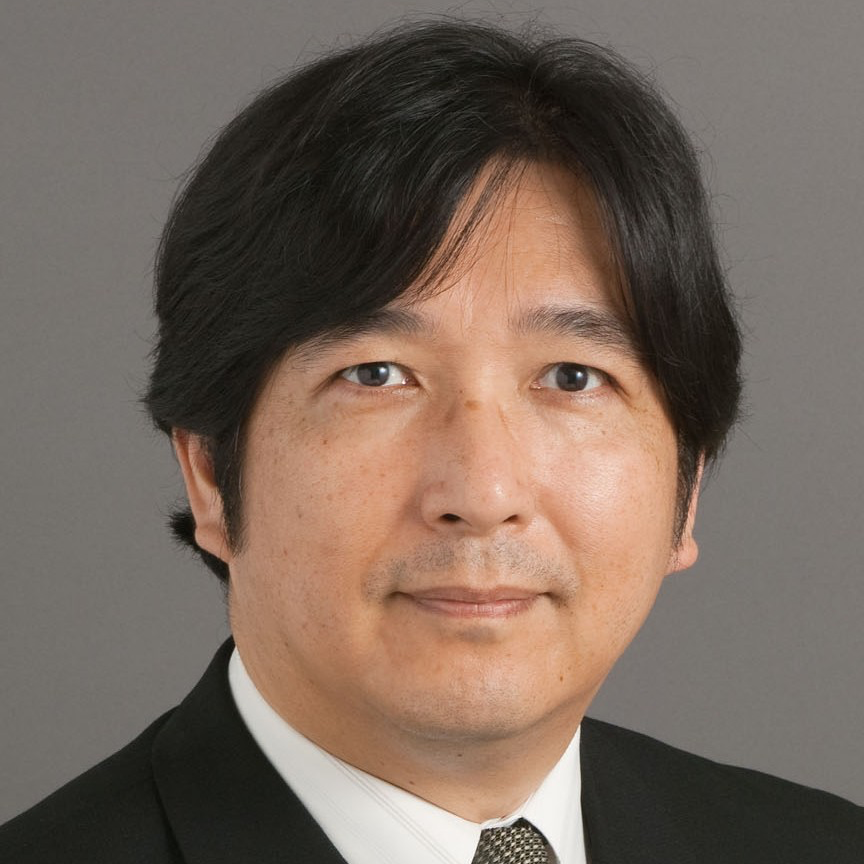
Keio University
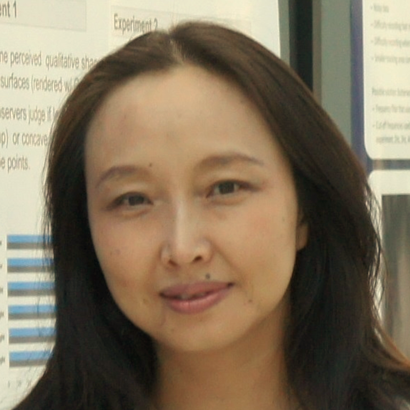
University of Yamanashi
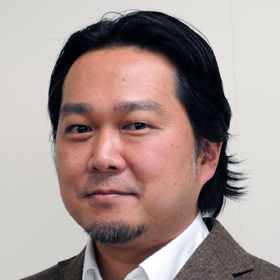
Tokyo University of Technology
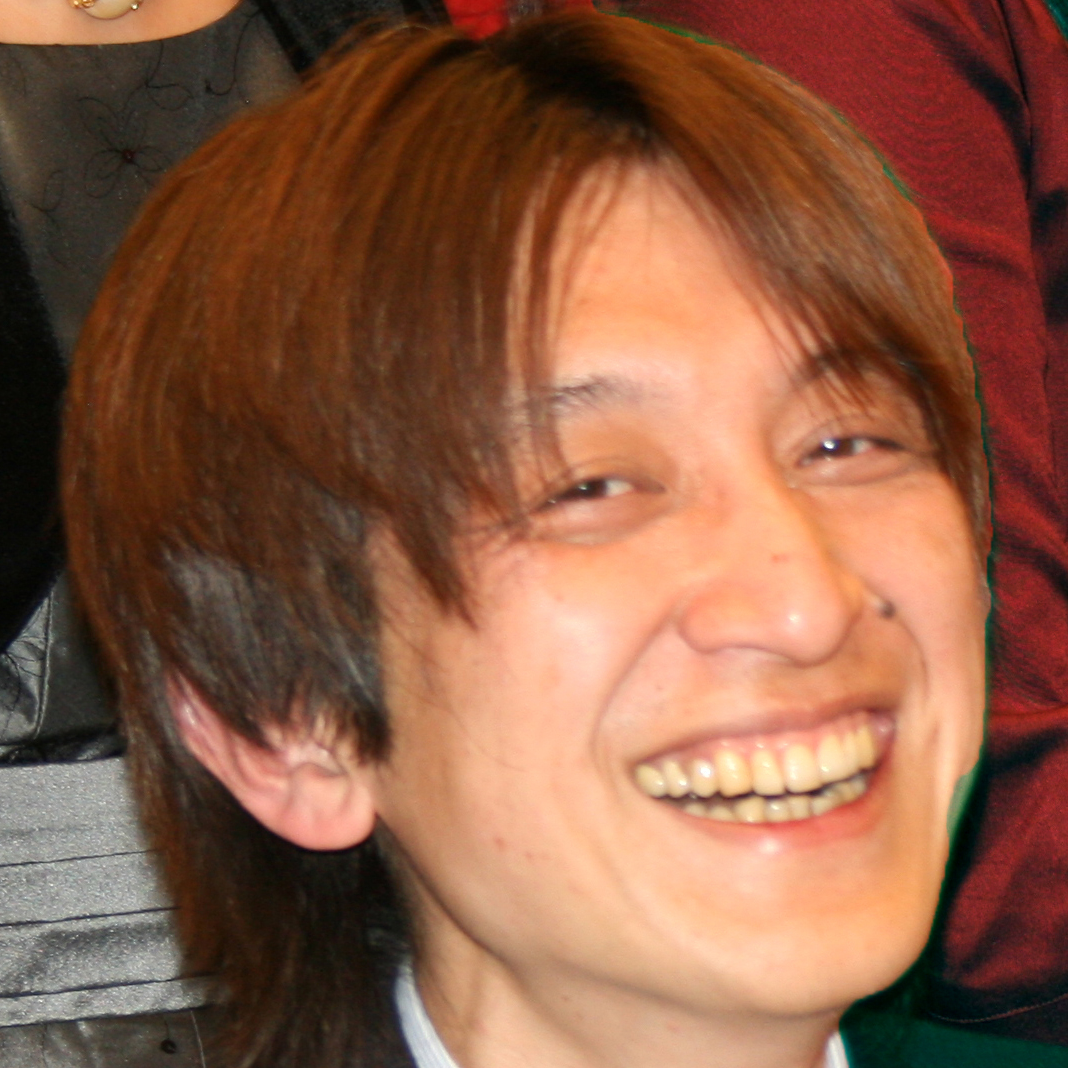
Ochanomizu University
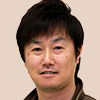
Tokyo University of Technology
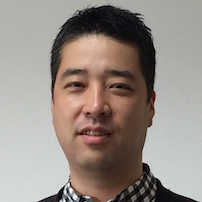
Kobe University
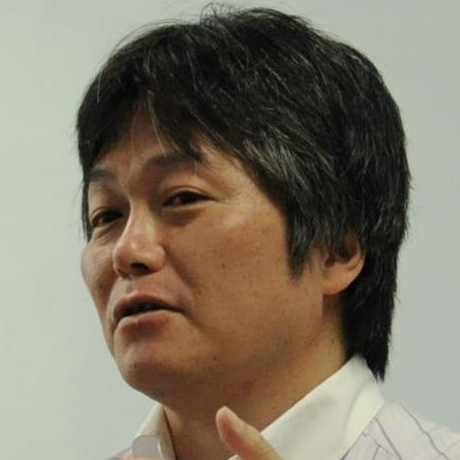
Kyoto University
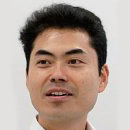
Nara Institute of Science and Technology
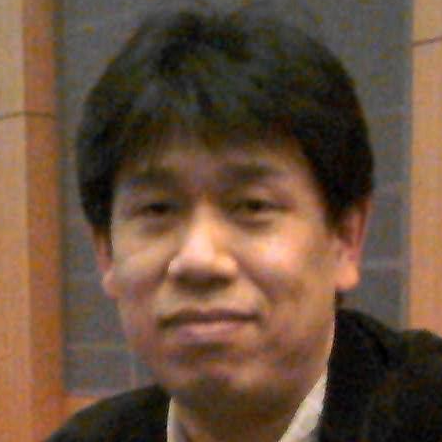
Kyoto University

Kyoto University
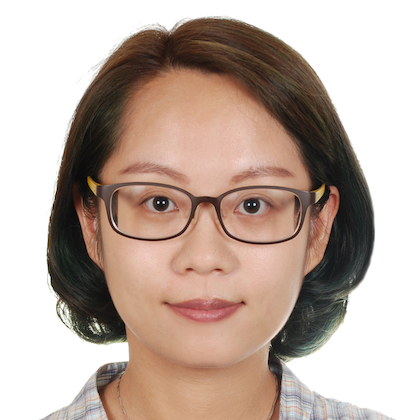
Keio University
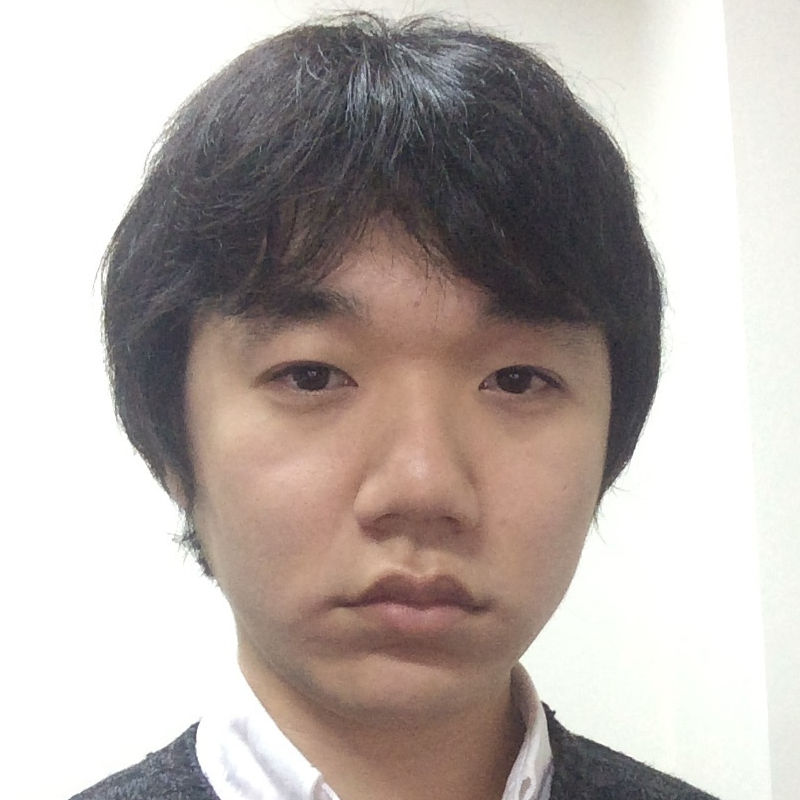
Kyoto University
International Science Innovation Building, 5F Symposium Hall, Yoshida-Campus, Kyoto University, Kyoto, Japan

Please visit here .
